 | |
| Formation | 6 December 1951 |
|---|---|
| Type | UN Agency |
| Headquarters | Geneva, Switzerland |
Membership (2023) | 175 member states and 8 observer states |
Official languages | English, French and Spanish |
Director General | Amy Pope |
Revenue (2021) | US$2.5 billion |
Staff (2021) | 17,761 |
| Website | www |
The International Organization for Migration (IOM) is the principal United Nations agency working in the field of migration. The organization implements operational assistance programmes for migrants, including internally displaced persons, refugees, and migrant workers.
The International Organization for Migration is based in Geneva. Its Director General is Amy Pope.
History
Historical context and predecessor organizations (1951 to 1989)
The International Organization for Migration (IOM) was founded in 1951 in response to the large number of internally displaced persons and war refugees in Europe after the Second World War. The IOM was initially a logistics agency that organized the transport of nearly one million migrants in the 1950s and has undergone several name changes since its inception. The transition from the Provisional Intergovernmental Committee for the Movement of Migrants from Europe (PICMME) in 1951 to the Intergovernmental Committee for European Migration (ICEM) in 1952, to the Intergovernmental Committee for Migration (ICM) in 1980, and finally to the International Organization for Migration (IOM) in 1989 reflects the evolution of the IOM's mandate over its existence, becoming the leading intergovernmental organization in the field of migration.[1]
Integration into the United Nations and the present (1990 to date)
In 1992, it was granted observer status at the United Nations General Assembly (GA resolution A/RES/47/4).[1] In September 2016, the United Nations (UN) Member States, through the General Assembly, unanimously adopted a resolution approving the agreement to transform IOM into an affiliated organization of the UN. This agreement has strengthened the relationship between IOM and the UN and improved its ability to fulfill its respective mandates in the interests of migrants and Member States.[2]
The IOM supported the creation of the Global Compact for Migration, the first-ever intergovernmental agreement on international migration which was adopted in Marrakech, Morocco, in December 2018.[3] To support the implementation, follow-up and review of the Global Compact on Migration, the UN Secretary-General António Guterres established the UN Network on Migration in 2019. IOM coordinates the United Nations Network on Migration which includes UNHCR, WFP and UNDP, among others.[4] While the IOM's history tracks the man-made and natural disasters of the past half century, including Kosovo and Timor 1999, and the Asian tsunami, the 2003 invasion of Iraq, the Pakistan earthquake of 2004/2005, the 2010 Haiti earthquake, and the European migrant crisis—its credo that humane and orderly migration benefits migrants and society has steadily gained more international acceptance.[2]
Structure
Organization
The organization is headquartered in Geneva, with liaison offices in New York City and Addis Ababa. The Global Migration Data Analysis Centre (GMDAC) is based in Berlin.[5] In 2020, the organization reported that it had over 15,311 employees, with 168 nationalities represented.[5] The highest decision-making body of the IOM is the council, in which all member states are represented. It has rules of procedure and meets at regular intervals to adopt the annual budget and determine the organization's programmatic objectives. The official languages are English, French and Spanish. According to its own figures, the organization's budget in 2020 was around two billion US dollars. This is made up of voluntary contributions from the member states and donations.[5]
Director General
The Director General of the organization is elected by the delegates of the IOM member states for a five-year term. The following table lists the previous directors of the IOM and its predecessor organization, the ICEM.[6] The current Director General is Amy Pope from the United States of America, with Ugochi Daniels from Nigeria serving as Deputy Directors General.[6]
Activities
The organization's global mandate includes assistance to migrants, including migrant workers, refugees and internally displaced persons. This broad mandate of the organization has earned it praise for flexibility in crisis situations,[2] but also criticism for legal accountability in protection issues.[7] Due to complementary mandates, IOM often cooperates with the UNHCR.[8]
According to the United Nations Office for the Coordination of Humanitarian Affairs (OCHA), IOM is one of the central actors in humanitarian aid within the UN system, especially in the context of displacement.[9] IOM's main aid measures include shelter, protection, the provision of basic medical and sanitary care, life safety, coordination, telecommunications and logistics. On the instructions of the UN Emergency Relief Coordinator, IOM, together with UNHCR, is primarily responsible for camp coordination and management in humanitarian emergencies.[10] The organization is also active in stabilization, peacebuilding and development[11] in the context of migration.
 Internally displaced people receive humanitarian aid after an earthquake in Port-au-Prince, Haiti.
Internally displaced people receive humanitarian aid after an earthquake in Port-au-Prince, Haiti..jpg.webp) US Secretary of State Blinken during an IOM mission in Obock, Djibouti.
US Secretary of State Blinken during an IOM mission in Obock, Djibouti._SENIOR_CHIEF_Aviation_Structural_Mechanic_(AMCS)_Ray_Adams_(right)%252C_Helicopter_Combat_Support_Squadron_11_(HC-11)%252C_and_an_International_Organization_for_Migration_(IOM_-_DPLA_-_d38d4735323c66802aec26019bb993d5.jpeg.webp)
.jpg.webp) Trees uprooted by Typhoon Haiyan are used for reconstruction aid in the Philippines.
Trees uprooted by Typhoon Haiyan are used for reconstruction aid in the Philippines. In Zaatari, Jordan, IOM supports the medical care and education of refugees.
In Zaatari, Jordan, IOM supports the medical care and education of refugees.
Member states
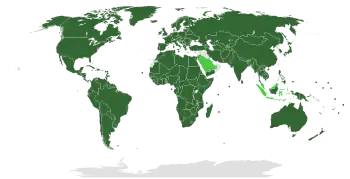
member
observer
non-members
As of 2023, the International Organization for Migration has 175 member states and 8 observer states.[12] Member states:
.svg.png.webp) Afghanistan
Afghanistan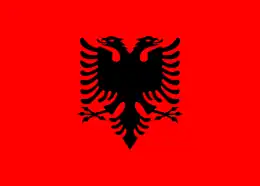 Albania
Albania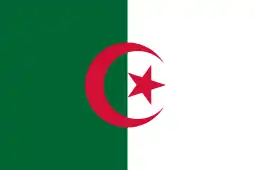 Algeria
Algeria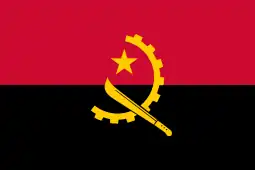 Angola
Angola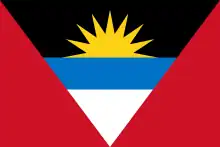 Antigua and Barbuda
Antigua and Barbuda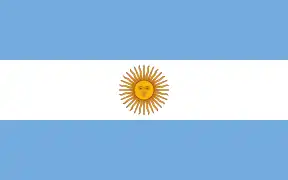 Argentina
Argentina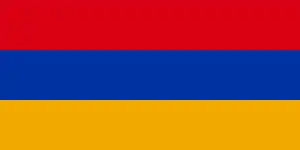 Armenia
Armenia.svg.png.webp) Australia
Australia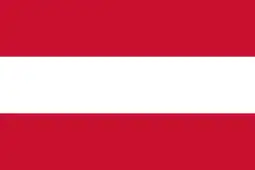 Austria
Austria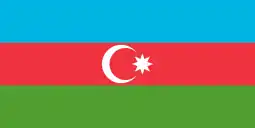 Azerbaijan
Azerbaijan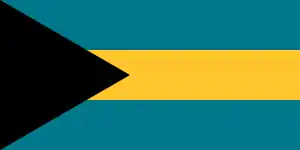 Bahamas
Bahamas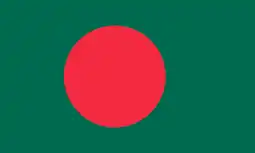 Bangladesh
Bangladesh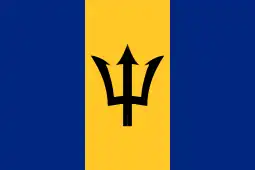 Barbados
Barbados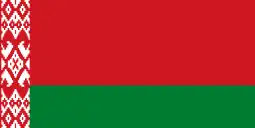 Belarus
Belarus.svg.png.webp) Belgium
Belgium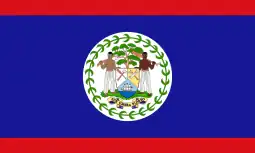 Belize
Belize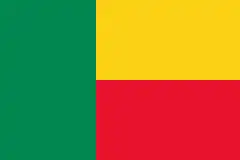 Benin
Benin.svg.png.webp) Bolivia
Bolivia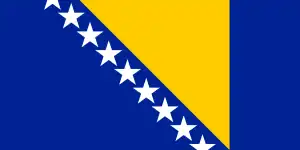 Bosnia and Herzegovina
Bosnia and Herzegovina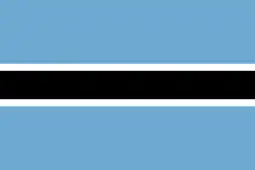 Botswana
Botswana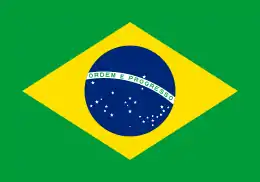 Brazil
Brazil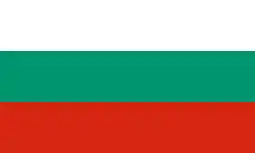 Bulgaria
Bulgaria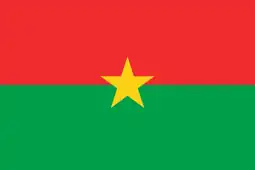 Burkina Faso
Burkina Faso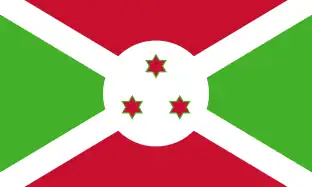 Burundi
Burundi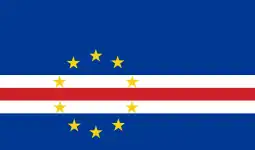 Cabo Verde
Cabo Verde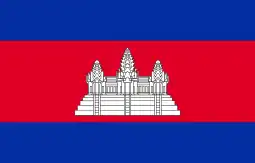 Cambodia
Cambodia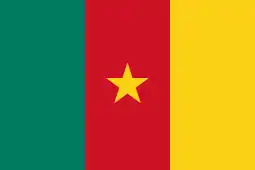 Cameroon
Cameroon.svg.png.webp) Canada
Canada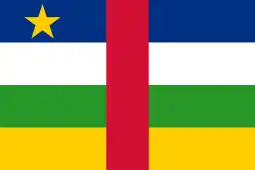 Central African Republic
Central African Republic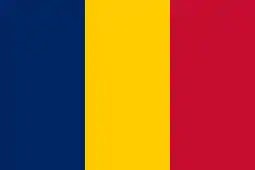 Chad
Chad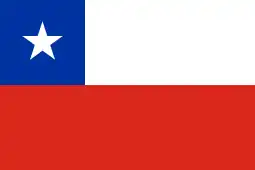 Chile
Chile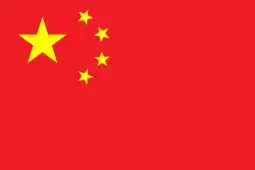 China
China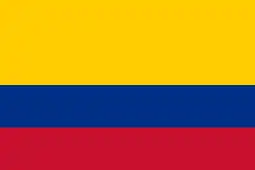 Colombia
Colombia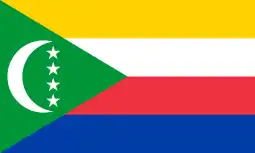 Comoros
Comoros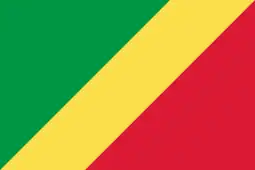 Congo
Congo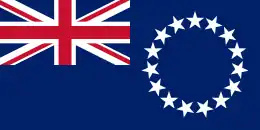 Cook Islands
Cook Islands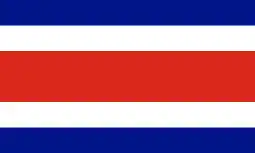 Costa Rica
Costa Rica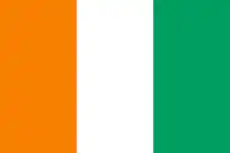 Côte d'Ivoire
Côte d'Ivoire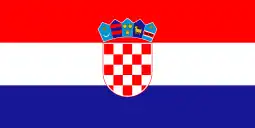 Croatia
Croatia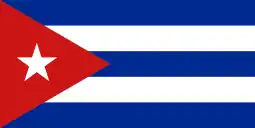 Cuba
Cuba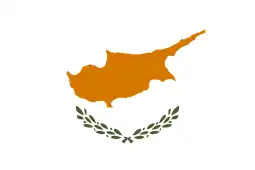 Cyprus
Cyprus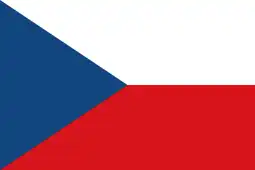 Czech Republic
Czech Republic Democratic Republic of the Congo
Democratic Republic of the Congo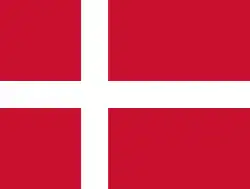 Denmark
Denmark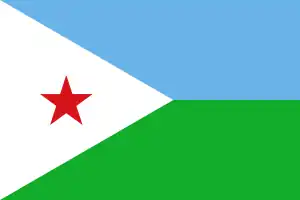 Djibouti
Djibouti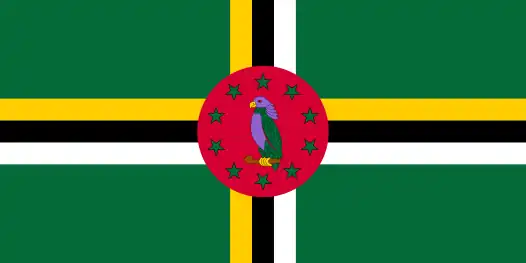 Dominica
Dominica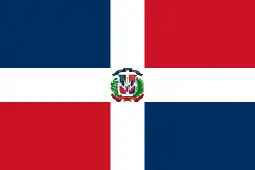 Dominican Republic
Dominican Republic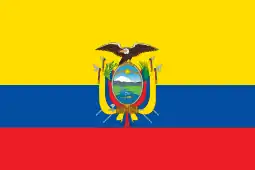 Ecuador
Ecuador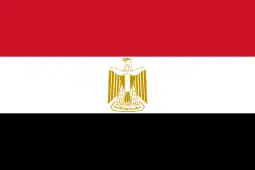 Egypt
Egypt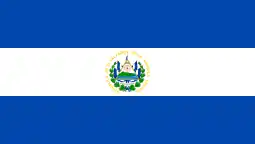 El Salvador
El Salvador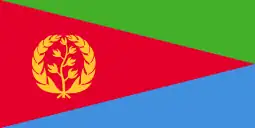 Eritrea
Eritrea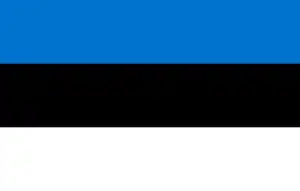 Estonia
Estonia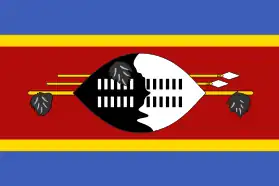 Eswatini
Eswatini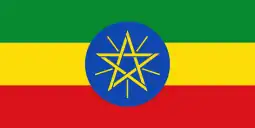 Ethiopia
Ethiopia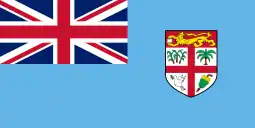 Fiji
Fiji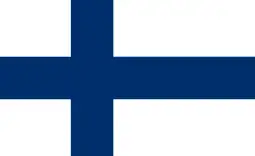 Finland
Finland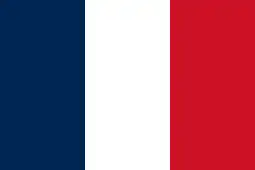 France
France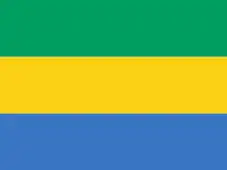 Gabon
Gabon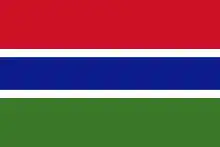 Gambia
Gambia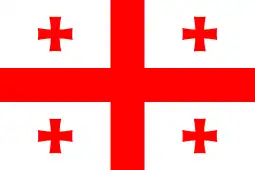 Georgia
Georgia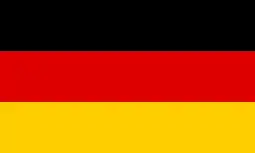 Germany
Germany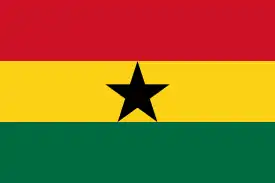 Ghana
Ghana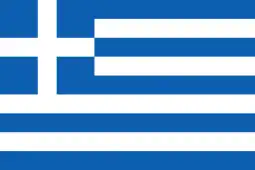 Greece
Greece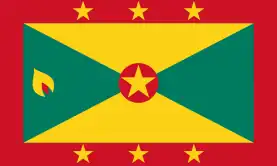 Grenada
Grenada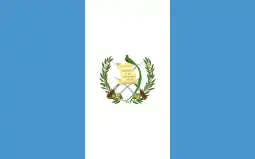 Guatemala
Guatemala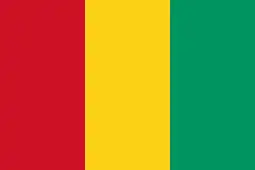 Guinea
Guinea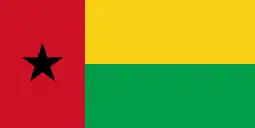 Guinea-Bissau
Guinea-Bissau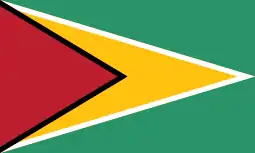 Guyana
Guyana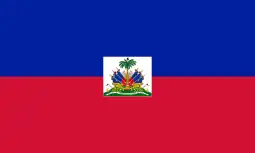 Haiti
Haiti.svg.png.webp) Holy See
Holy See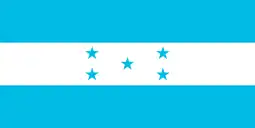 Honduras
Honduras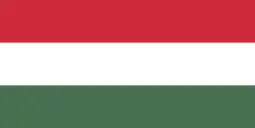 Hungary
Hungary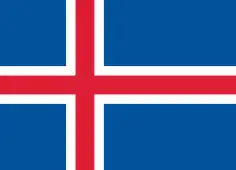 Iceland
Iceland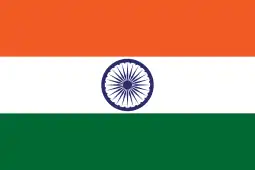 India
India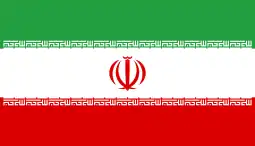 Iran
Iran Ireland
Ireland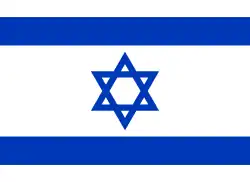 Israel
Israel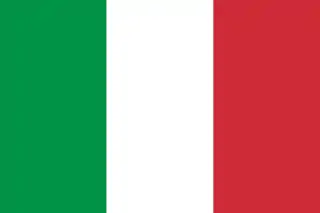 Italy
Italy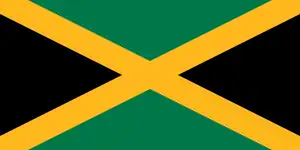 Jamaica
Jamaica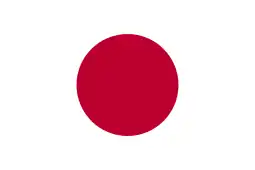 Japan
Japan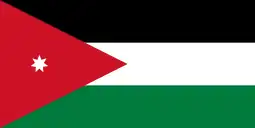 Jordan
Jordan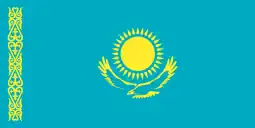 Kazakhstan
Kazakhstan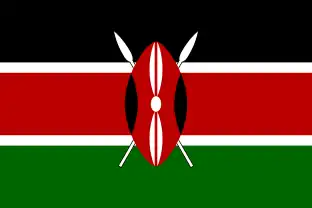 Kenya
Kenya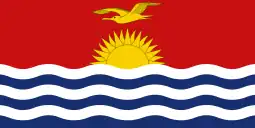 Kiribati
Kiribati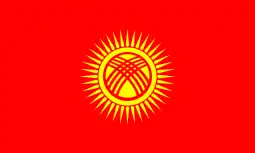 Kyrgyzstan
Kyrgyzstan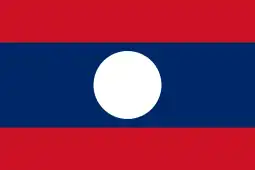 Lao People's Democratic Republic
Lao People's Democratic Republic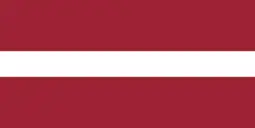 Latvia
Latvia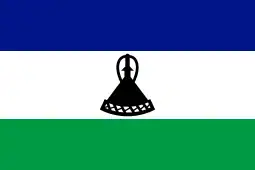 Lesotho
Lesotho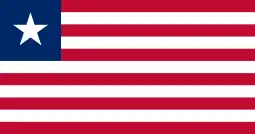 Liberia
Liberia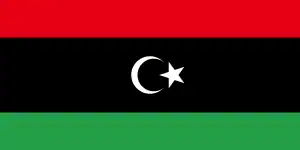 Libya
Libya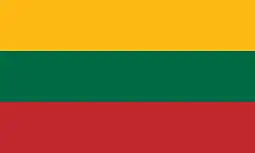 Lithuania
Lithuania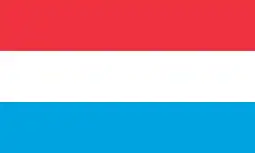 Luxembourg
Luxembourg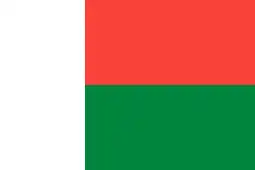 Madagascar
Madagascar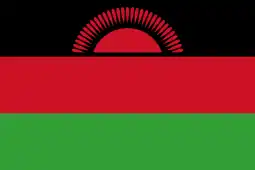 Malawi
Malawi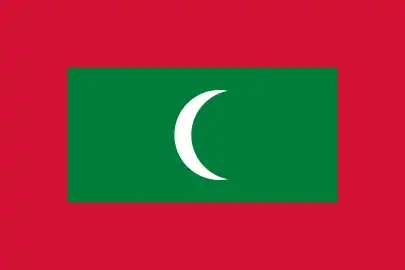 Maldives
Maldives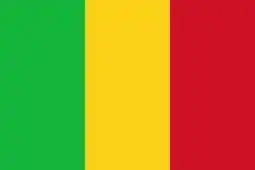 Mali
Mali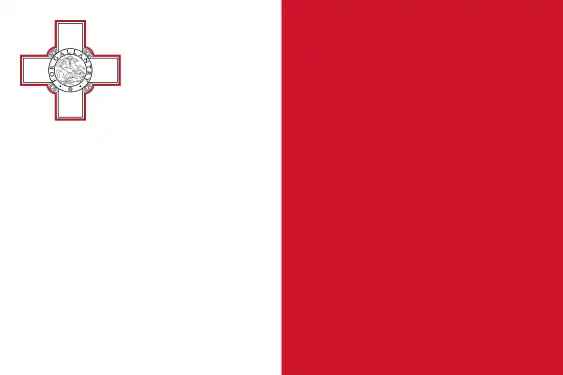 Malta
Malta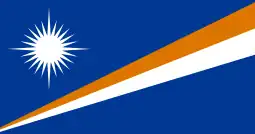 Marshall Islands
Marshall Islands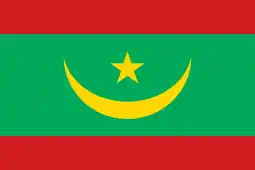 Mauritania
Mauritania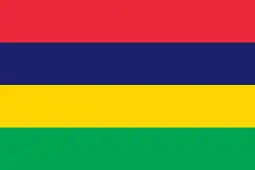 Mauritius
Mauritius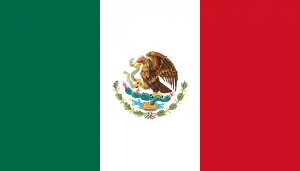 Mexico
Mexico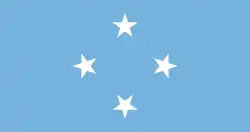 Micronesia
Micronesia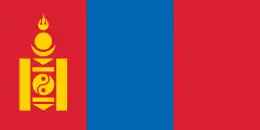 Mongolia
Mongolia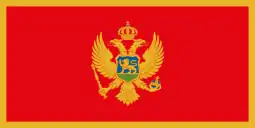 Montenegro
Montenegro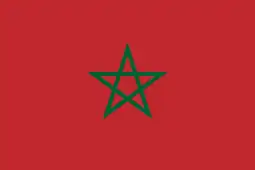 Morocco
Morocco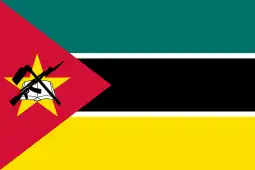 Mozambique
Mozambique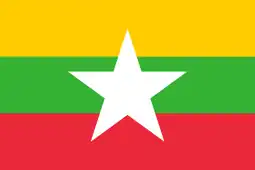 Myanmar
Myanmar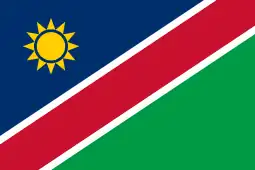 Namibia
Namibia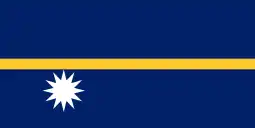 Nauru
Nauru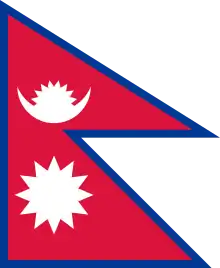 Nepal
Nepal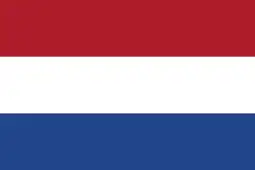 Netherlands
Netherlands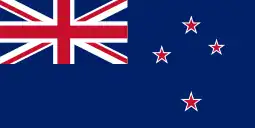 New Zealand
New Zealand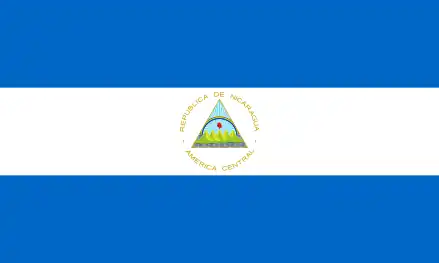 Nicaragua
Nicaragua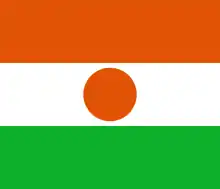 Niger
Niger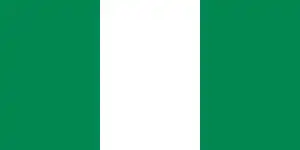 Nigeria
Nigeria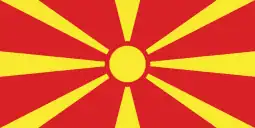 North Macedonia
North Macedonia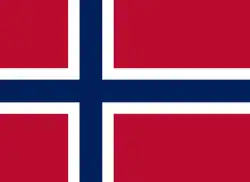 Norway
Norway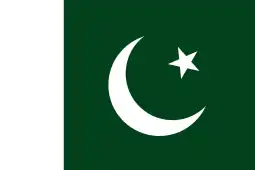 Pakistan
Pakistan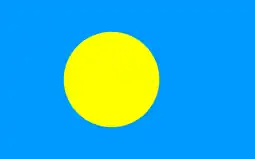 Palau
Palau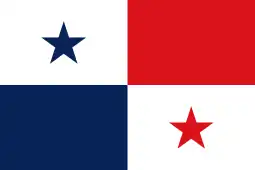 Panama
Panama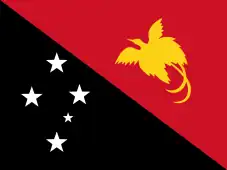 Papua New Guinea
Papua New Guinea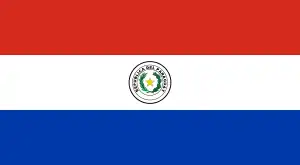 Paraguay
Paraguay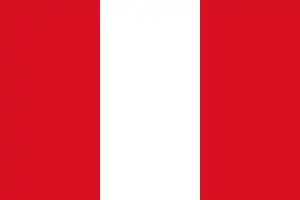 Peru
Peru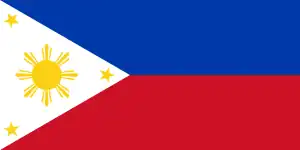 Philippines
Philippines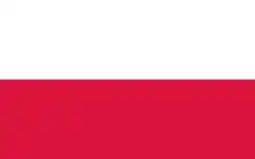 Poland
Poland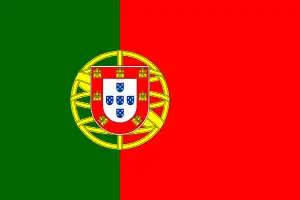 Portugal
Portugal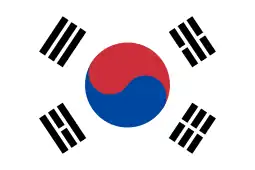 South Korea
South Korea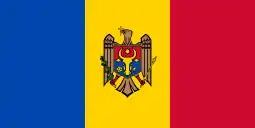 Republic of Moldova
Republic of Moldova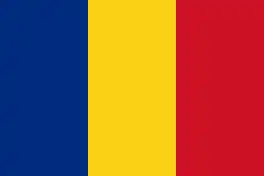 Romania
Romania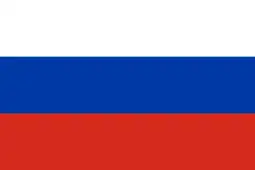 Russian Federation
Russian Federation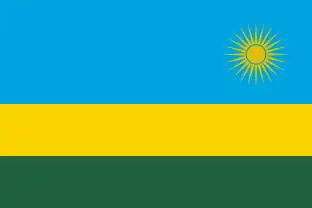 Rwanda
Rwanda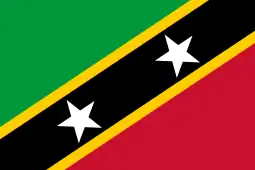 Saint Kitts and Nevis
Saint Kitts and Nevis Saint Lucia
Saint Lucia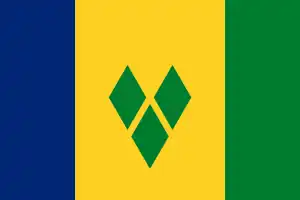 Saint Vincent and the Grenadines
Saint Vincent and the Grenadines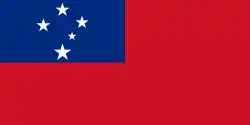 Samoa
Samoa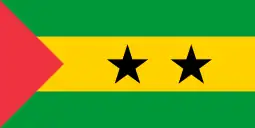 São Tomé and Príncipe
São Tomé and Príncipe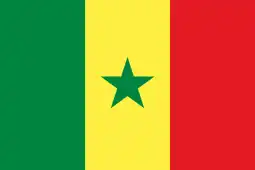 Senegal
Senegal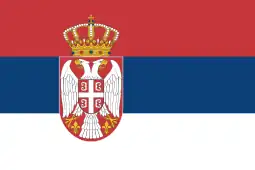 Serbia
Serbia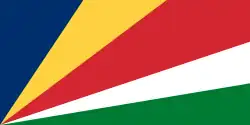 Seychelles
Seychelles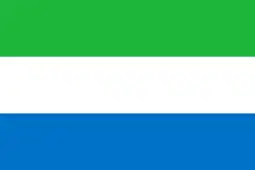 Sierra Leone
Sierra Leone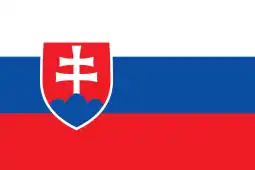 Slovakia
Slovakia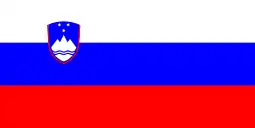 Slovenia
Slovenia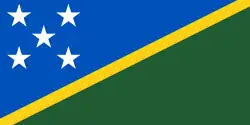 Solomon Islands
Solomon Islands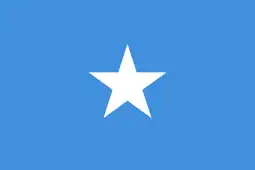 Somalia
Somalia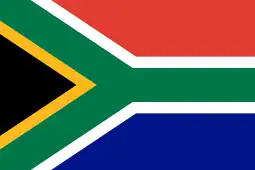 South Africa
South Africa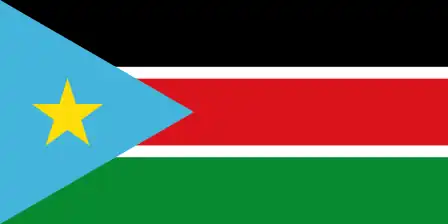 South Sudan
South Sudan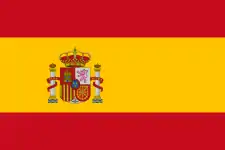 Spain
Spain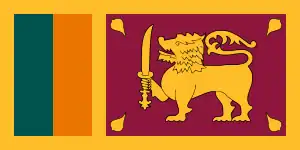 Sri Lanka
Sri Lanka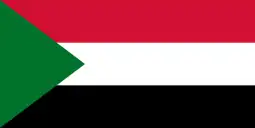 Sudan
Sudan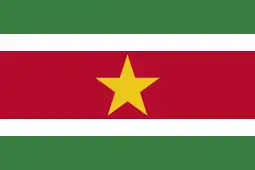 Suriname
Suriname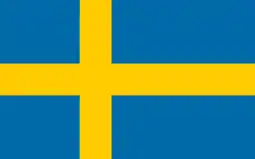 Sweden
Sweden.svg.png.webp) Switzerland
Switzerland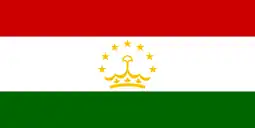 Tajikistan
Tajikistan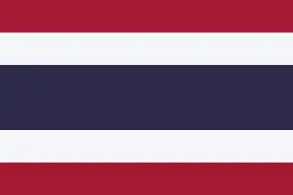 Thailand
Thailand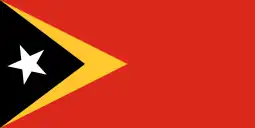 Timor-Leste
Timor-Leste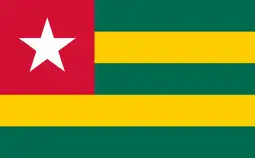 Togo
Togo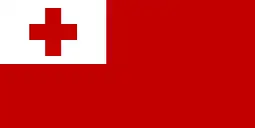 Tonga
Tonga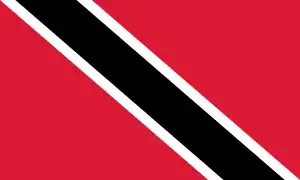 Trinidad and Tobago
Trinidad and Tobago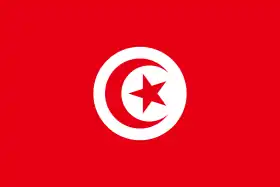 Tunisia
Tunisia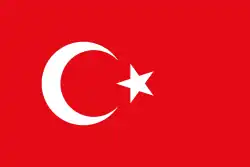 Turkey
Turkey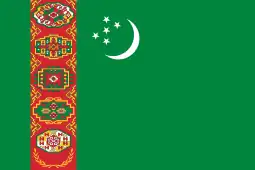 Turkmenistan
Turkmenistan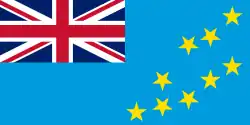 Tuvalu
Tuvalu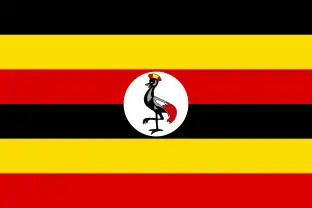 Uganda
Uganda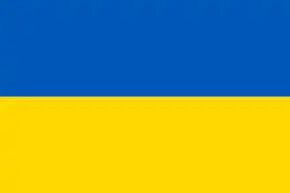 Ukraine
Ukraine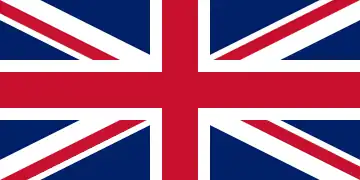 United Kingdom
United Kingdom United Republic of Tanzania
United Republic of Tanzania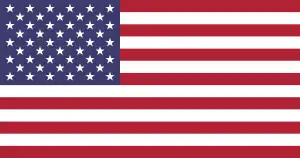 United States
United States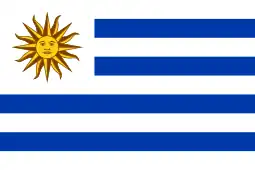 Uruguay
Uruguay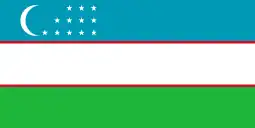 Uzbekistan
Uzbekistan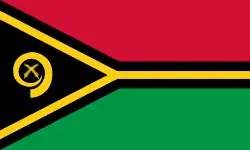 Vanuatu
Vanuatu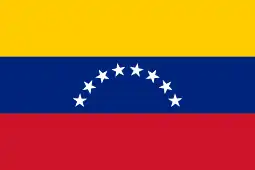 Venezuela
Venezuela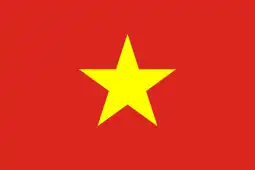 Viet Nam
Viet Nam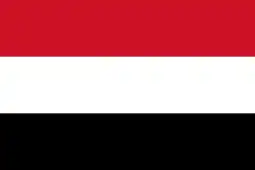 Yemen
Yemen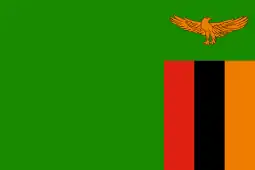 Zambia
Zambia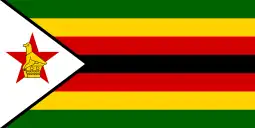 Zimbabwe
Zimbabwe
Observer States:
Non-Member States:
Criticism
2003 Amnesty and Human Rights Watch
In 2003, both Amnesty International and Human Rights Watch were critical of the IOM's role in the Australian government's "Pacific Solution" of transferring asylum seekers to offshore detention centres.[13][14] Human Rights Watch criticized the IOM for operating Manus Regional Processing Centre and the processing centre on Nauru despite not having a refugee protection mandate.[13] Human Rights Watch criticized the IOM for being part of "arbitrary detention" and for denying asylum seekers access to legal advice.[13] Human Rights Watch urged the IOM to cease operation the process centres, which it stated were "detention centres" and to hand management of the centres to the United Nations High Commissioner for Refugees.[13]
Amnesty International expressed concern that the IOM undertook actions on behalf of governments that negatively impacted the human rights of asylum seekers, refugees and migrants.[14] Amnesty International cited an example of fourteen Kurds in Indonesia who were expelled from Australian waters by Australian authorities and relocated to Indonesia.[14] Amnesty International requested an assurance that the IOM will abide by the principle of non-refoulement.[15]
2022 Refugee Council of Australia
In 2022, the role that the IOM played in housing refugees in Indonesia was described by the Refugee Council of Australia as presenting a "humanitarian veneer while carrying out rights-violating activities on behalf of Western nations” by researchers Asher Hirsch and Cameron Doig in The Globe and Mail.[16]
The community housing that the IOM operated, using Australian government funding, was described by the Refugee Council of Australia "inhumane conditions, solitary confinement, lack of basic essentials and medical care, physical and sexual abuse, and severe overcrowding".[16] Rohingya John Joniad described the housing as an "open prison".[16]
See also
- Global Compact for Migration
- Mohamed Muktar Jama Farah, a British-Somali long-distance runner and multiple Olympic gold medalist, IOM Goodwill Ambassador
- United Nations High Commissioner for Refugees (UNHCR)
Bibliography
- Andrijasevic, Rutvica; Walters, William (2010): The International Organization for Migration and the international government of borders. In Environment and Planning D: Society and Space 28 (6), pp. 977–999.
- Georgi, Fabian; Schatral, Susanne (2017): Towards a Critical Theory of Migration Control. The Case of the International Organization for Migration (IOM). In Martin Geiger, Antoine Pécoud (Eds.): International organisations and the politics of migration: Routledge, pp. 193–221.
- Koch, Anne (2014): The Politics and Discourse of Migrant Return: The Role of UNHCR and IOM in the Governance of Return. In Journal of Ethnic and Migration Studies 40 (6), pp. 905–923. doi:10.1080/1369183X.2013.855073.
References
- 1 2 Megan Bradley (2017). "The International Organization for Migration (IOM): Gaining Power in the Forced Migration Regime". Refuge: Canada's Journal on Refugees. 33 (1): 97. doi:10.25071/1920-7336.40452.
- 1 2 3 Bradley, Megan (7 February 2020). The International Organization for Migration: Challenges, Commitments, Complexities. London: Routledge. doi:10.4324/9781315744896. ISBN 978-1-315-74489-6.
- ↑ "GCM Development Process". www.iom.int. International Organization for Migration. 9 April 2018. Retrieved 13 May 2019.
- ↑ "Amy Pope Makes History as First Woman Director General of IOM". iom.int. Retrieved 2 October 2023.
- 1 2 3 "IOM Organizational Structure". International Organization for Migration. Retrieved 1 December 2023.
- 1 2 "Directors General and Deputy Directors General". International Organization for Migration. Retrieved 1 December 2023.
- ↑ Bast, Jürgen (2019). "Der Global Compact for Migration und das internationale Migrationsregime". Zeitschrift für Ausländerrecht und Ausländerpolitik (3): 96–99.
- ↑ Moretti, Sebastien (2021). "Between refugee protection and migration management: the quest for coordination between UNHCR and IOM in the Asia-Pacific region". Third World Quarterly. 42 (1): 34–51.
- ↑ "OCHA - United Nations". asiadisasterguide.unocha.org. Retrieved 1 December 2023.
- ↑ "What is the Cluster Approach? | HumanitarianResponse". www.humanitarianresponse.info. Retrieved 1 December 2023.
- ↑ "IOM and UNDP team up to tackle migration and development issues facing West and Central Africa". UNDP. Retrieved 1 December 2023.
- ↑ "Members and Observers" (PDF). International Organization for Migration. Archived (PDF) from the original on 9 October 2022. Retrieved 3 January 2019.
- 1 2 3 4 "The International Organization for Migration (IOM) and Human Rights Protection in the Field: Current Concerns (Submitted by Human Rights Watch, IOM Governing Council Meeting, 86th Session, November 18–21, 2003, Geneva)". www.hrw.org. Retrieved 25 October 2019.
- 1 2 3 "Amnesty International statement to the 86th Session of the Council of the International Organization for Migration (IOM)". Amnesty International. 20 November 2003. Retrieved 7 January 2022.
- ↑ Amnesty International (20 November 2003). "Statement to the 86th Session of the Council of the International Organization for Migration (IOM)" (PDF). Archived (PDF) from the original on 9 October 2022. Retrieved 25 October 2019.
- 1 2 3 Griffiths, James (19 January 2022). "Trapped in Indonesia, Rohingya struggle to get by as laws block their path to asylum elsewhere". The Globe and Mail. Retrieved 19 January 2022.